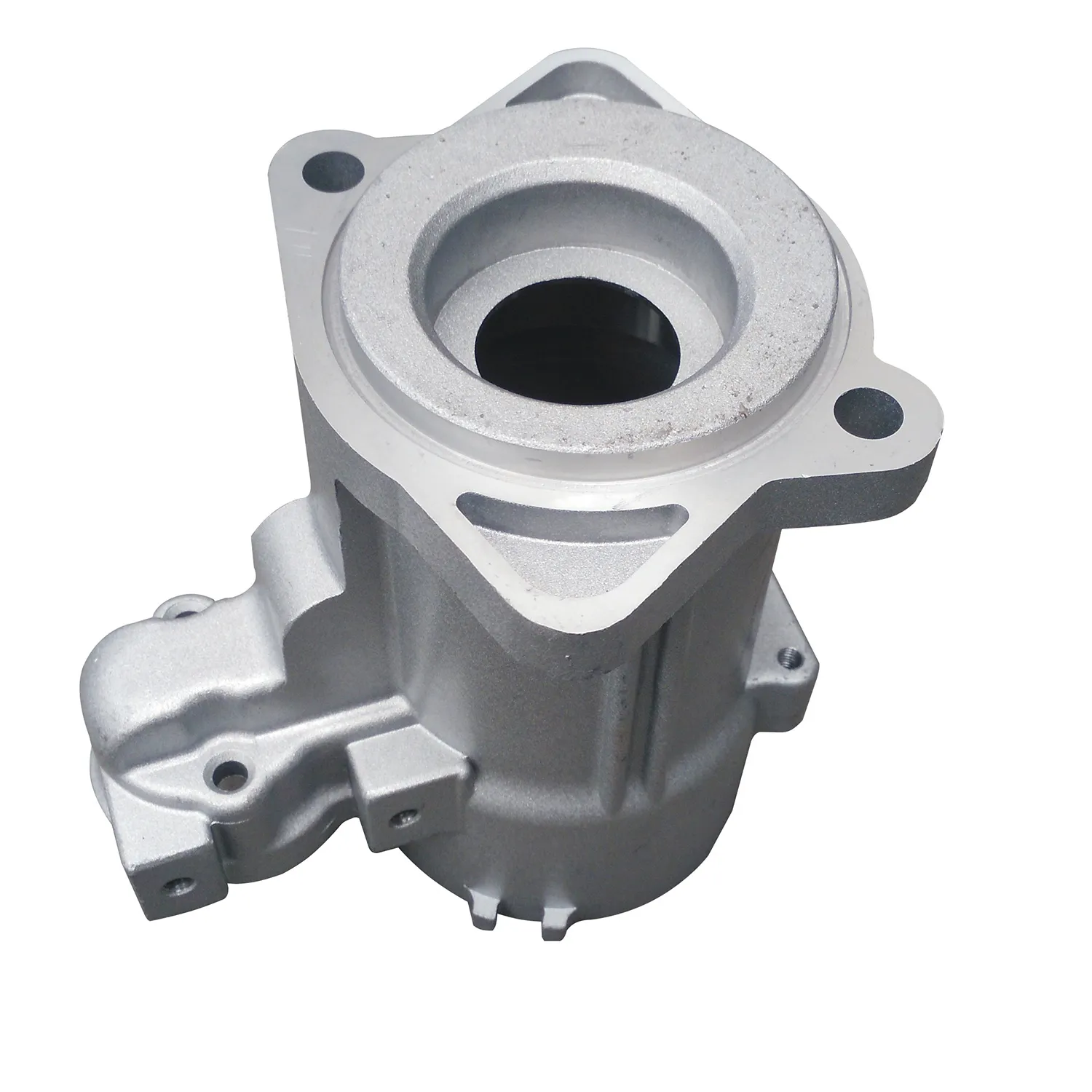Mobile:+86-311-808-126-83
Email:info@ydcastings.com
spun cast stainless steel
The Advancements and Applications of Spun Cast Stainless Steel
Spun cast stainless steel is a remarkable material that has gained significant traction in various industries due to its unique properties and processing techniques. Combining the best attributes of steel with the corrosion resistance of stainless steel, spun cast stainless steel presents an exceptional solution for many applications. This article explores the manufacturing process, advantages, and diverse applications of spun cast stainless steel, illustrating why it is a preferred choice for engineers and manufacturers worldwide.
Understanding the Spun Casting Process
Spun casting, also known as centrifugal casting, is a manufacturing technique that involves pouring molten metal into a rotating mold. As the mold spins, centrifugal force causes the molten metal to adhere to the mold walls, creating a uniform and dense layer. This method allows for the production of various shapes and sizes, including pipes, tubes, and complex geometries.
In the case of spun cast stainless steel, the process begins with high-quality stainless steel alloys, which are heated until molten. The molten steel is then poured into a pre-heated mold that rotates at a controlled speed. As the steel cools and solidifies, the centrifugal force generated during rotation impacts the distribution of metals, resulting in a product with enhanced mechanical properties and reduced porosity.
Unique Properties of Spun Cast Stainless Steel
Spun cast stainless steel possesses several noteworthy characteristics that make it ideal for specific applications
1. Corrosion Resistance Stainless steel is well-known for its resistance to corrosion and oxidation, and the spun casting process enhances this property. The resulting materials can withstand harsh environments, making them suitable for use in chemical processing, marine applications, and food processing.
2. Strength and Durability The centrifugal casting process creates a denser microstructure, which translates to improved mechanical properties. Spun cast stainless steel exhibits high tensile strength and toughness, making it resilient to wear and tear.
3. Design Versatility The ability to create various shapes and sizes is a significant advantage of spun cast stainless steel. Manufacturers can produce intricate geometries that meet specific design requirements, enabling innovation in product design.
spun cast stainless steel

4. Cost-Effectiveness The efficiency of the spun casting process can lead to cost savings in both materials and labor. Due to the minimal wastage of metal during production, spun cast components can be more economical compared to traditional casting methods.
Applications of Spun Cast Stainless Steel
The unique properties of spun cast stainless steel open doors to numerous applications across various industries
- Pipelines and Pump Components Spun cast stainless steel is frequently used in the production of pipelines, valves, and pump components, particularly in the oil and gas industry. Its ability to withstand high pressures and resist corrosion makes it invaluable in transporting fluids over long distances.
- Marine Equipment Due to its exceptional corrosion resistance, spun cast stainless steel is often utilized in marine environments, such as for shipbuilding and offshore structures. Components like propellers, shafts, and fittings benefit from the material's durability and longevity.
- Food and Beverage Processing In the food industry, hygiene and resistance to corrosion are paramount. Spun cast stainless steel is commonly found in equipment like processing tanks, conveyor systems, and sanitary fittings, where both safety and efficiency are critical.
- Architectural and Structural Applications The aesthetic appeal and strength of spun cast stainless steel make it suitable for architectural features, including railings, facades, and decorative elements. Its ability to be easily shaped and polished allows for innovative designs that enhance modern structures.
Conclusion
Spun cast stainless steel represents a fusion of advanced manufacturing techniques and the beneficial properties of stainless steel. Its unique characteristics, such as enhanced corrosion resistance, strength, and design versatility, make it an outstanding choice for a wide range of applications across industries. As technology continues to evolve, the demand for spun cast stainless steel is expected to grow, further establishing it as a cornerstone material in engineering and manufacturing for the future. The continuous exploration of its capabilities is likely to yield new applications and innovations, cementing its place as a vital resource in modern industry.
-
Unleash Wholesale with YD's Steel Investment CastingNewsAug.04,2025
-
Revolutionize Your Inventory with High-Quality Impeller SolutionsNewsAug.04,2025
-
Power Your Wholesale Business with Premium Electric Power AccessoriesNewsAug.04,2025
-
Elevate Your Wholesale Business with Premium Valve SolutionsNewsAug.04,2025
-
Elevate Your Wholesale Business with Premier Metal Castings SolutionsNewsAug.04,2025
-
Drive Your Wholesale Success with Premium Auto Water Pump SolutionNewsAug.04,2025











